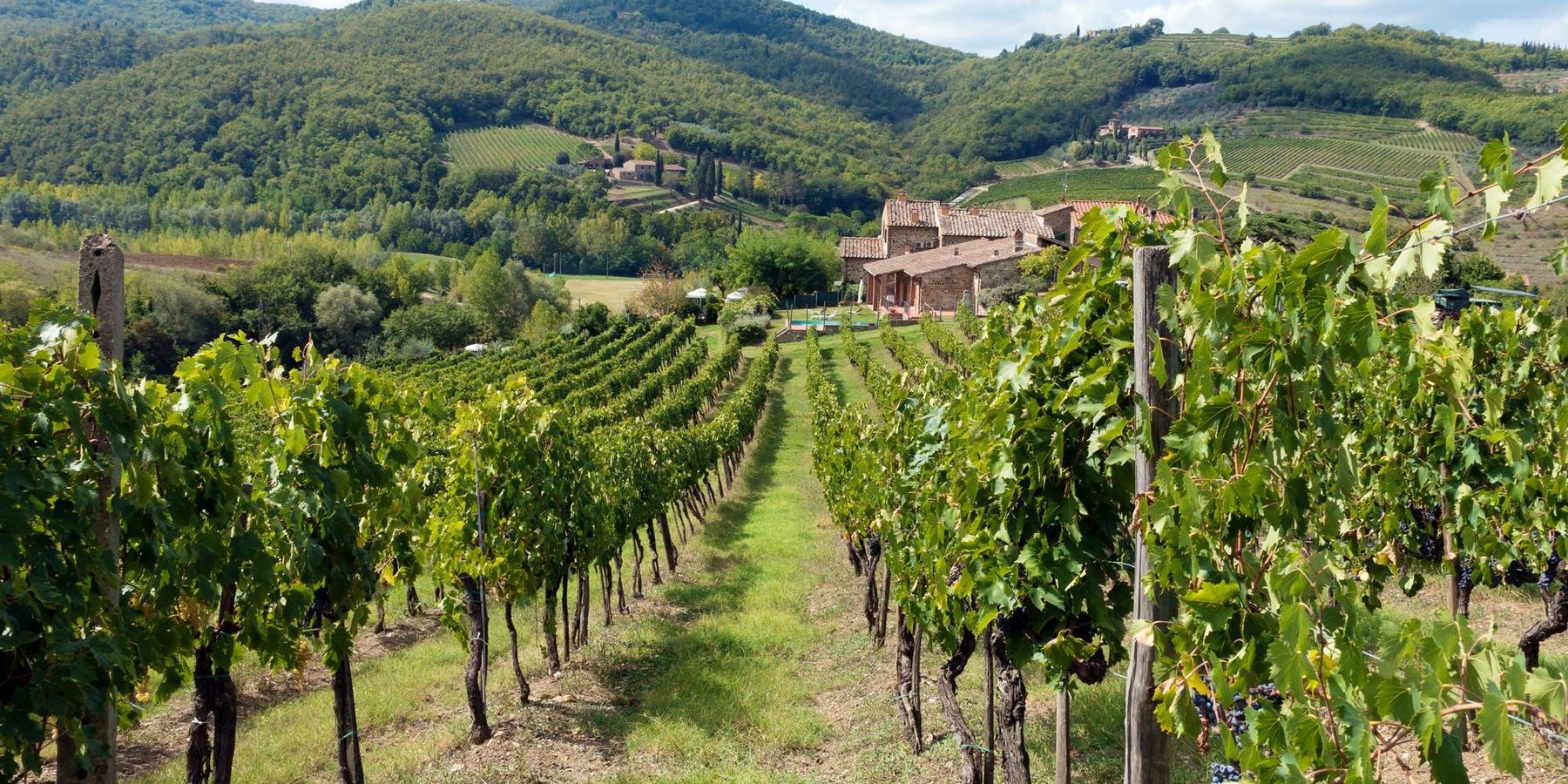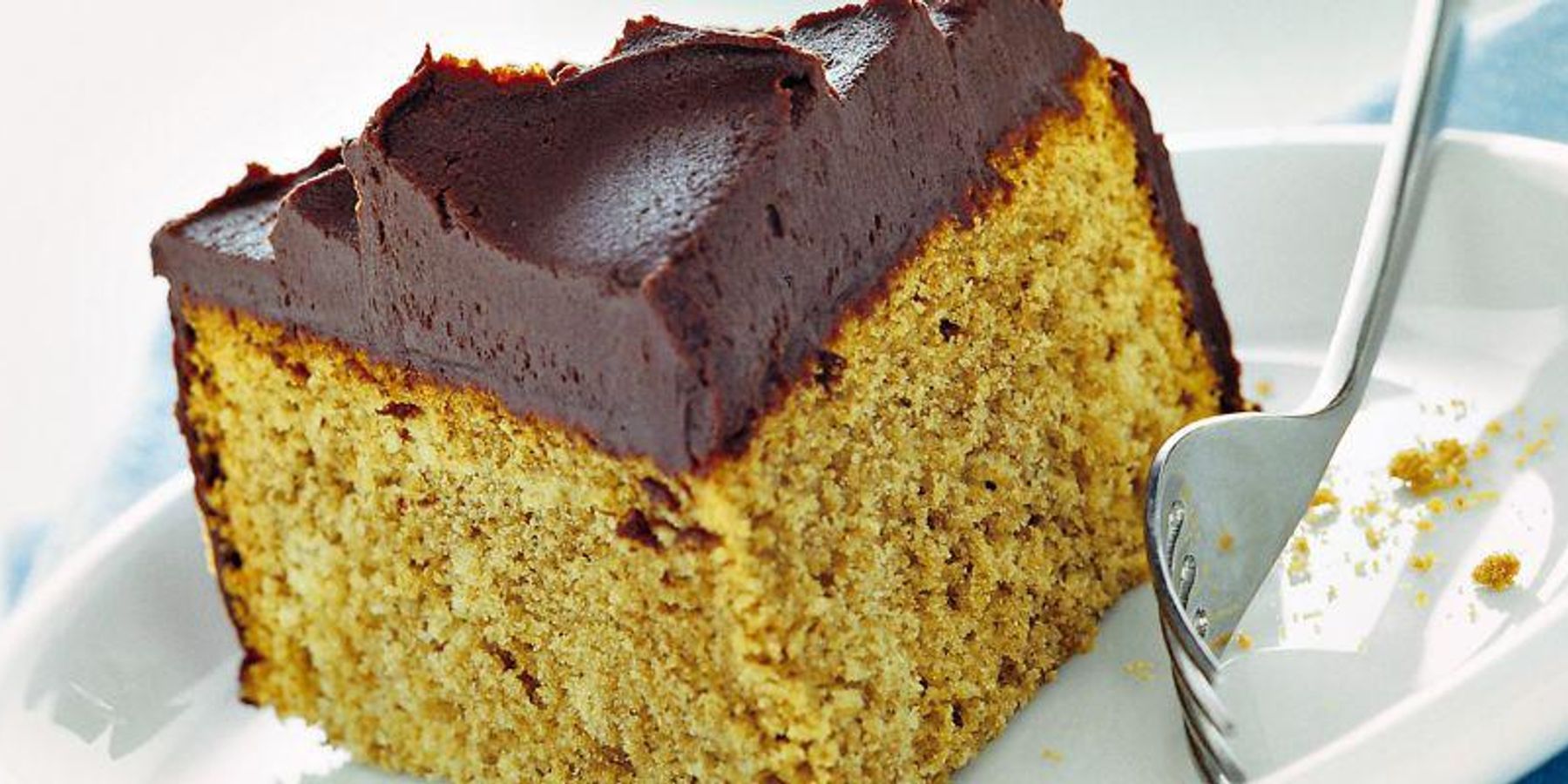
The term Chianti, even before being the name of a wine, is referred to a particular geographical area included between the provinces of Florence and Siena.
Within this area are identified many subareas.
We know from medieval documents that in 1398 Chianti was a white wine, very different from the red wine of today. We do not know when it changed color nor which organoleptic characteristics it had at that time. They prescribed to add to the wine raisins to eliminate impurities and egg white, almonds and salt to clarify it, pepper and rose petals to give it a nice color.
The first vines of this variety arrived in Chianti thanks to the Etruscans, as witnessed by some Attic vases of the sixth century BC found in Castellina in Chianti.
The wine culture continued during the Roman Empire and survived even after the barbaric devastations, thanks to the commitment of Benedictine and Vallombrosian monks. The cultivation of vine spread in particular during the Middle Ages: to protect vines from thieves and livestock were often placed broli and closure and sometimes even the city walls. Whoever damaged the vines was severely punished, even with torture if the vine was destroyed.
With the symbol of Black Rooster, historical emblem of the ancient Chianti Military League, with which this wine is also known.
The famous painter Giorgio Vasari dedicated a fresco to this wine with his "Allegory of Chianti" on the ceiling of the Salone dei Cinquecento in Palazzo Vecchio in Florence, are identified all those wines produced in Chianti Classico, the central area of the Chianti region, including the communes of Castellina in Chianti, Gaiole in Chianti and Radda in Chianti.
Tasting notes
Unmistakable in its ruby red color, Chianti Classico fills the glasses with a precious nectar of intense and enveloping tone.
The nose opens with floral and fruity scents, dominated by notes of violet, blackberry and cherry. The versions aged in wood also release spicy scents of cinnamon and vanilla, tobacco and cocoa. Tasting this wine of character you will taste a rough and dry glass, rich in tannins and with a harmonious and persistent finish. The taste recalls the sour and sweet mix typical of plums and black and red berries. The dry texture of the younger versions becomes velvety in the longer aged wines.
Food Pairing
Chianti Classico is a very versatile red wine.
Among the suggested matching, it surely stands out the one with first and second courses having a strong taste, such as the ones based on red meat, truffle, game and roasted meat. It excellently accompanies the tastiness of ripe cheese and tasty cold cuts. Perfect throughout the meal, it goes well with most of the dishes of the most genuine Tuscan tradition.






